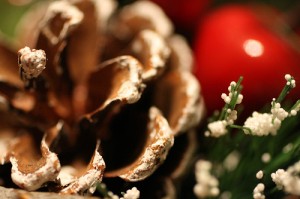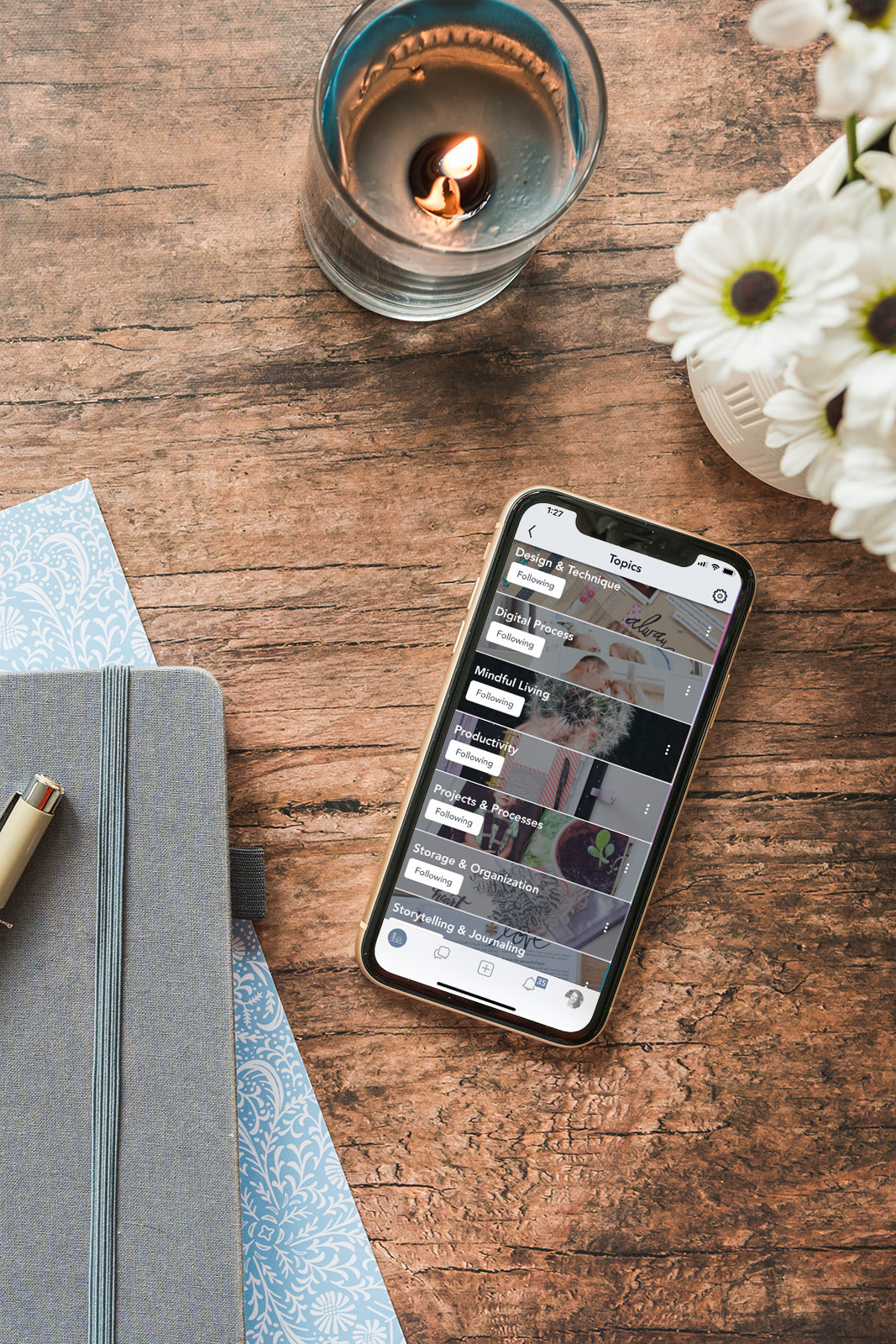
Yesterday’s post on macro photography was pre-empted by the holiday season and a personal case of imposter syndrome. Who am I to be giving photography advice?!? Hardly any shots from our big family Christmas on Sunday turned out! Most of my images were out of focus and very noisy.
Armed with my Canon XSi and 50mm f/1.8 prime lens, I had a severe case of user error. I’ve had some success with indoor low light shots at our house, but have yet to succeed at my mother-in-law’s. Every time I think I know what I’m doing, I prove myself wrong. It’s almost to the point where my husband thinks we should have gotten a point and shoot because a.) my photos aren’t up to snuff and b.) he can’t figure it out at all.
I’m no where near ready to give up. I just need to keep practicing. In this post I’ll share how I think I could have improved my chances for better pictures and what the experts say about low light photography. Hopefully there will be a nugget in here that will save your Christmas photos!
Here’s what I think I could have done differently:
- More stability. My husband can’t keep the camera as stable as I can, so his images were worse than mine. We should have discussed this in advance and I need to help him practice more. All the posed shots should have used a tripod.
- Manual focus. The ‘nifty 50’, while a really great portrait lens, is notorious for poor auto-focus in low light. I should have used manual focus, even if it meant fewer photographs overall.
- Ditch auto. I should have recognized that f/1.8 lens + auto + low light is not a good combination. (My problem is that I assume auto will make better choices than I could.) When left on auto, the camera will try to grab as much light as possible by having the aperture wide open, the ISO high (800 in this case) and a longer shutter speed. The consequence here is high vulnerability to camera shake. I need to do more testing at my mother-in-law’s to find the best combination of manual settings.
- Use flash. I could have adjusted my flash’s compensation and nixed the idea that all flash is bad. If I don’t like the look of an photo that used flash, because of the high contrast, it often looks very nice in black and white. At least it would have been in focus!
What the pro’s say:
- Set your aperture as wide as it will go and the shutter speed at no slower than 1/60, use an external flash where you can bounce the light, bump ISO if needed – from Digital Photography School (Notes to self: Stop being scared of flash. Buy a speedlight.)
- Use ad-hoc solutions for flash diffusion, like tape, tissue paper or a mirror – from cnet (Note to self: see about constructing diffuser from milk jug.)
- Use continuous shooting to reduce blur due to hand shake – from A Better Photo Guide (Note to self: Try and see if that helps.)
Most of these tips can be used on point and shoot as well as digital SLR cameras, as most of the newer compact models offer manual settings. My best advice for you (and me) is to keep learning and keep practicing. Look at the metadata for photos that came out well and see if you can replicate those settings in similar situations.
Even with all this advice, which makes sense, I still have a few questions:
- Should I have removed my lens hood to let in more light? I keep it on mostly for protection purposes and avoid too much light outdoors.
- Should I ignore the recommendation to leave the aperture wide open? I am reading that the Canon 50mm f/1.8 is much sharper when stopped down.
Do you have any additional advice for me? What’s your secret to indoor photography? Do you use multiple cameras at the holidays to up your odds?


Just a couple comments for you: First, getting a speedlight, which I keep almost always aimed at the ceiling, was the best thing I did for my indoor photography. The best. Don’t be afraid of bounced flash; just learn to use it.
Second, any lens at f/1.8 will be OK for photographing single people in many cases, but more than that and someone will be out of focus–it’s just too wide an aperture. And even with one person, you may have one eye in focus, one eye out of focus. I’d stop it down if possible, and always stop it down if you’re trying to capture a scene wider than one person’s face. And, yes, pretty much any lens is sharper stopped down a bit. But life and photography are full of tradeoffs! If you need the light, you need the light.
Last: I’ve never read that a hood impedes light that you need for the photo; it shields the lens from stray light that can cause lens flare but I don’t think it slows down your lens. I could be wrong, but I’ve done a lot of reading on photography, and no one has ever said–to my knowledge–to remove the hood in low light.
Lens hood – no effect at all on amount of light getting in. It’s solely to shield the lens from stray light reflecting i to the front glass.
Remember that with the flash what makes it “bad” or ugly light is mostly the direction and quality. Direction of blasted straight on and quality is very harsh and contrasty. Any flash with the ability to point it up into a card or to the ceiling helps a lot. Let me say it again A LOT! Diffusion helps but it is the size of the diffuser and the distance from flash to diffuser that determines how soft it is so the smaller homemade diffusers are just a little better.
Remember that flashes generally last forever – I have one I routinely use that is at least 15 years old. So it is a frugal investment for thevalue you get.
Stan at Scrappers Workshop